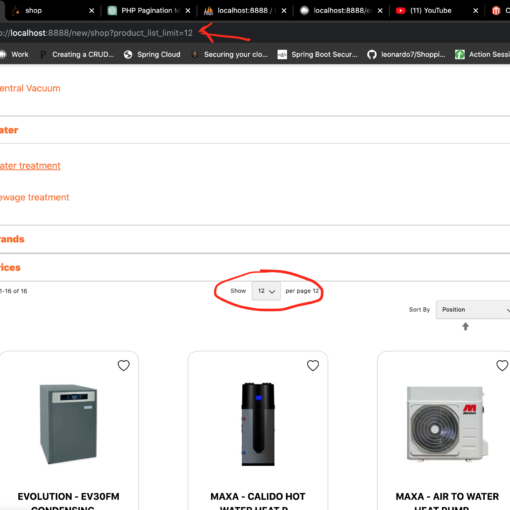Microsoft has been using its TechEd 2012 developer and user conference this June to woo the Orlando crowds with news of Team Foundation Service, Windows LightSwitch, and Windows RT (Windows on ARM) for ARM-based tablet devices. Corporate developer division VP Jason Zander has detailed, as is his usual way, the “key takeaways” for the Redmond-centric programming faithful, who continue to flock to this event now in its twentieth year.

First out of the traps is the news that Team Foundation Service is out of preview, so any software engineers can now sign up to use it as a development solution. Microsoft’s on-premise collaboration, code repository, and Agile development project management solution integrates with Visual Studio and aims to provide a “complete ALM solution” amongst an already overcrowded ALM market.
This Azure-hosted service is moving to public preview and we now have a full-depth description, sign-up, and log-in site at http://tfspreview.com. The proposition here is “build in the cloud, test in the cloud” and, wait for it… even automatically deploy the application directly to Azure (if it’s an Azure-hosted application you’re building, and it passes all test cases).
Also in the newsbag are updates on LightSwitch. Microsoft’s tool for building “line-of-business” applications for the desktop and cloud can now scale as needed and will render HTML5 applications (in addition to Silverlight).
Once again there is a clear suggestion and proposition here to software developers; Microsoft is saying that LightSwitch can be used to build apps that run on any device that supports HTML5: tablets, mobile devices, web, etc.
LightSwitch also supports producing applications that consume and produce OData feeds, thus easing (in theory) integration of cross-application, cloud-supported data sharing with enterprise data sources (like SAP).
The last of the big fireworks was let off for the forthcoming Windows RT (also known as Windows for ARM), which Microsoft’s Zander says will be as easy to build for as building Metro style apps for x86/x64 devices. In a blog post subsequent to his TechEd appearance, Zander walked through the process of developing for ARM and said a developer who has used Visual Studio to build a Metro style app targeting x86/x64 devices already knows what they need to know to target ARM.


